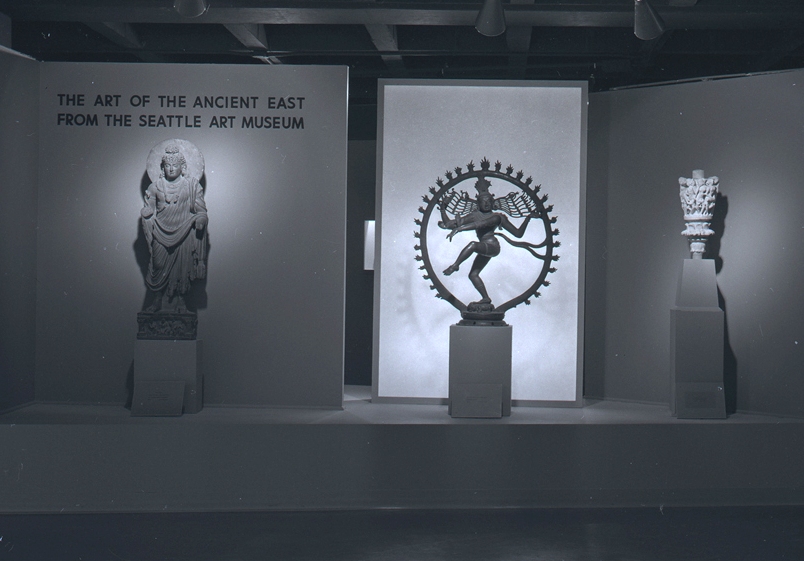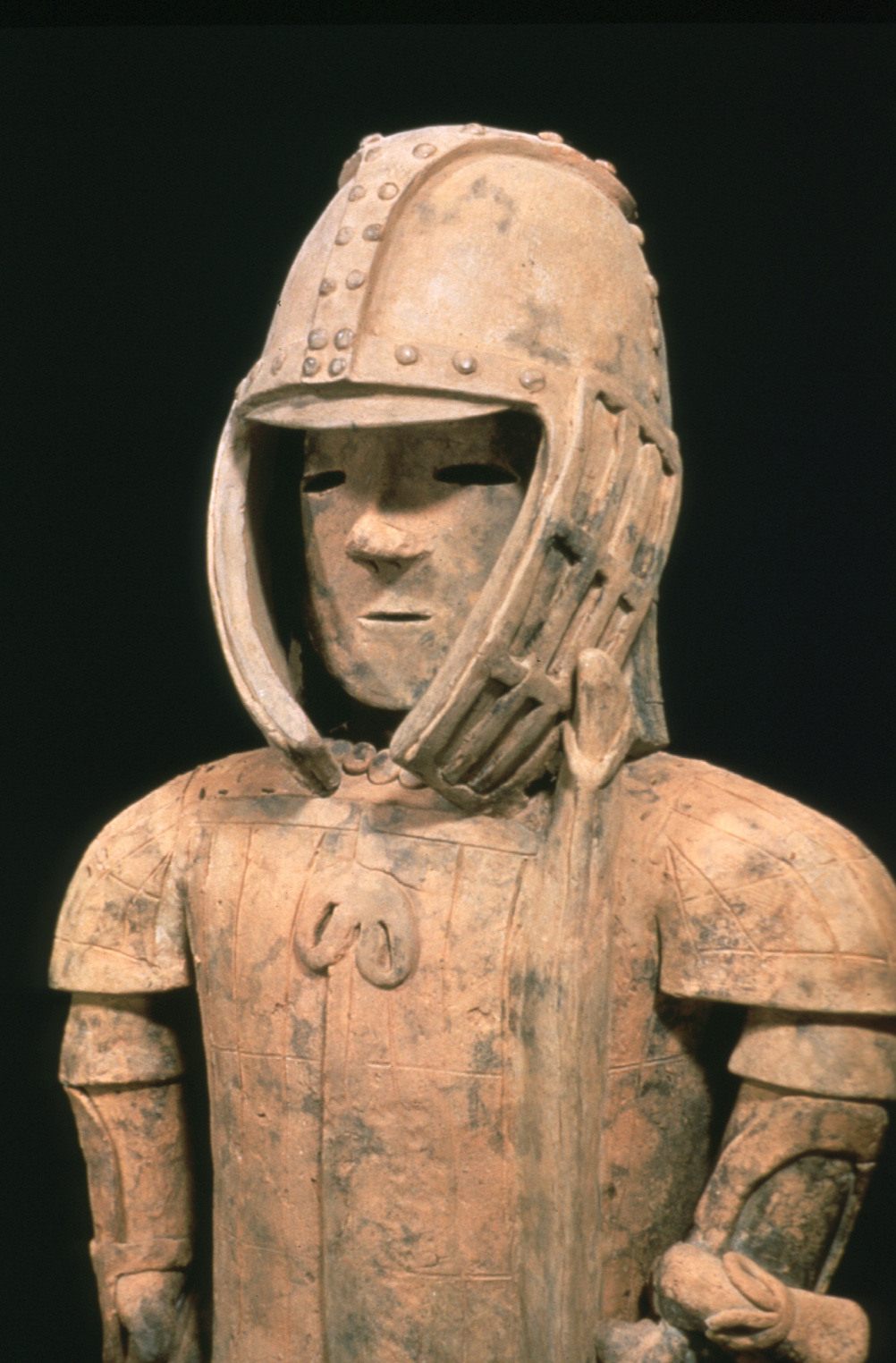SAM Art 50+: The World’s Fair + SAM, part IV
The “Century 21” World’s Fair introduced a host of innovations to the city of Seattle, not least of which was the avant-garde of artistic practice. Art Since 1950 – American and International, a pair of the exhibitions highlighted in the Fine Arts Pavilion, introduced the newest of the new to Seattle.
Avant-garde, forward-thinking, and—in particular—abstract art had long fought an uphill battle in Seattle. Public reaction to Mark Tobey’s Modal Tide, when it won the purchase prize of the 1940 Annual Exhibition of Northwest Artists, was immediate and outraged. Much had changed over the ensuing two decades, but Art Since 1950 was still able to shock the general public.
The exhibition included such provocative artists as Alberto Burri, Hans Hofmann, Robert Rauschenberg, as well as the brash face of New York abstraction, Willem de Kooning. Visionary Seattle arts patron Virginia Wright wryly noted in 2006, that the World’s Fair “was the first time Seattle saw a de Kooning.” The surface a stormy sea, with peaks and streaks of color building into the form of a woman, the painting lent by the Nelson-Atkins Museum in Kansas City was certainly Seattle’s introduction to the artist’s classic “Woman” series. It was not until 1965 that SAM acquired its first de Kooning, a gift of contemporary collector Anne Gerber; in 1976, the museum received its own “Woman,” a gift of Virginia Wright and her husband Bagley.

